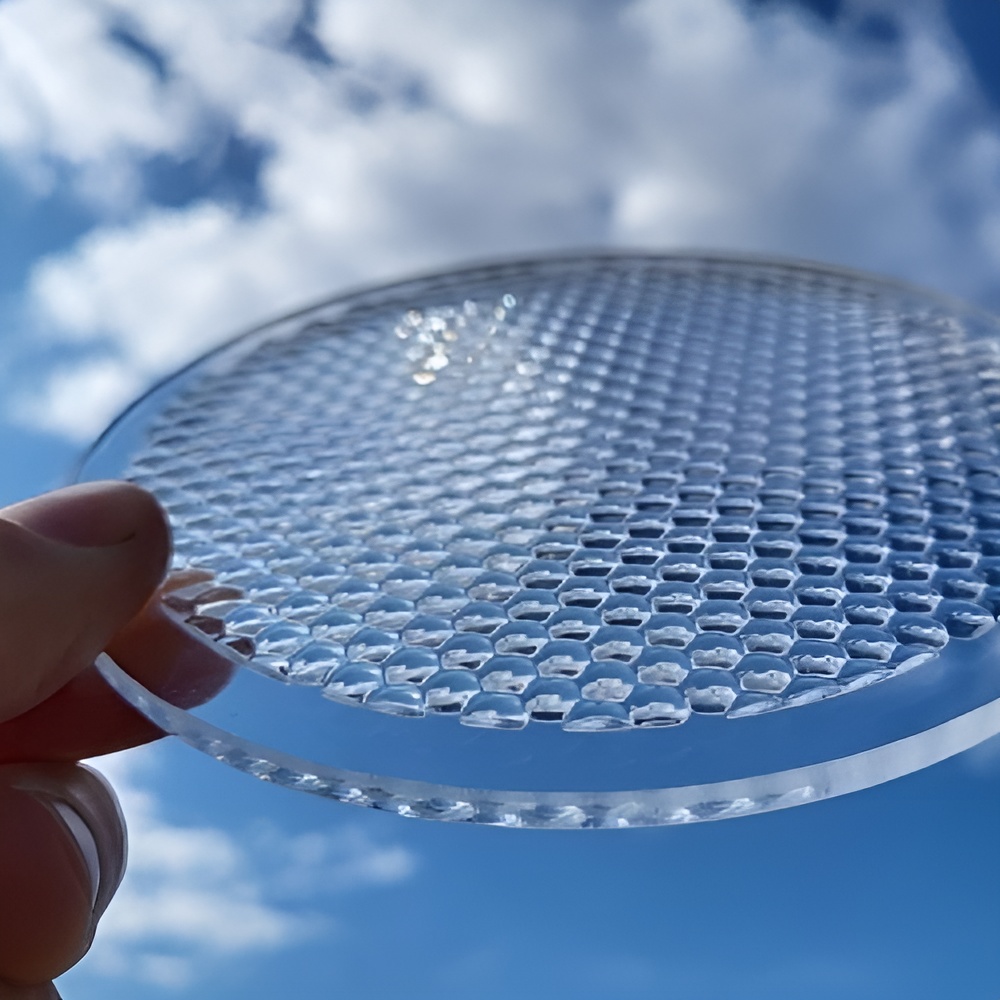In the dynamic world of solar energy, choosing the right type of solar panel can have a significant impact on efficiency, cost and environmental sustainability. Understanding the differences between perovskite, monocrystalline and polycrystalline silicon solar panels is essential. Each type has unique characteristics that suit different needs and applications. In this article, the Enerlev Group presents these differences, focusing on key factors such as efficiency, stability, thermal characteristics, cost and environmental impact. Ultimately, you will have a clearer picture of which solar panel technology is most likely to suit your energy needs.
Efficiency Differences
When it comes to efficiency, each type of solar panel has its strengths. Perovskite solar panels have shown exceptional efficiencies in laboratory conditions, often exceeding 20%. This makes them a promising option for future developments. On the other hand, monocrystalline silicon panels are known for their high commercial efficiency, typically between 15-20%, making them the go-to choice for most users. Polycrystalline silicon panels, while slightly less efficient at around 13-16%, offer a good balance between performance and cost, making them a popular choice for budget-conscious consumers.
Stability Differences
When it comes to stability, perovskite solar panels have made significant strides, but they still lag behind monocrystalline and polycrystalline silicon panels. Perovskite cells are known for their rapid degradation when exposed to moisture, oxygen, and high temperatures, which can compromise their long-term performance. On the other hand, monocrystalline and polycrystalline silicon panels are known for their durability and stability over time, with some panels lasting up to 25 years or more with minimal efficiency.
Differences in Thermal Properties
When it comes to thermal properties, perovskite solar panels stand out for their impressive performance in various temperature conditions. Unlike monocrystalline and polycrystalline silicon panels, perovskite cells maintain higher efficiency even when temperatures rise. This makes them especially suitable for hot climates like ours in Israel, where the sun can be quite intense. Monocrystalline silicon panels, although generally more efficient than their polycrystalline counterparts, can lose some of their efficiency as temperatures rise. This is a critical factor to consider if you are planning to install solar panels in areas with high temperatures.
Cost Differences
Solar panel manufacturing refers to the manufacturing process used to create the final product. Monocrystalline silicon solar panels require a more complex and energy-intensive manufacturing process than perovskite solar panels. Monocrystalline solar panels require a high level of precision, which involves expensive machinery and skilled labor. Perovskite solar panels can be manufactured using spray or coating or inkjet printing, which is simpler and less expensive ways..
Environmental Differences
The environmental suitability of a solar panel refers to the ability of the panel to operate efficiently in varying environmental conditions. Monocrystalline silicon (Mono-Si) solar panels are better suited to operate in areas with low light conditions, such as cloudy or overcast areas. Perovskite solar panels are better suited to operate in areas with high light intensity, such as arid regions with high solar radiation.
Summary
As this article shows, in the dynamic world of solar energy, choosing the right type of solar panel can significantly affect efficiency, cost and environmental sustainability. The experience gained at the Enerlev-Solar division will allow you to get the most suitable solar product for different needs and applications, focusing on key factors such as efficiency, stability, thermal characteristics, cost and environmental impact.
Energlev Articles
enerlevgroup@gmail.com



